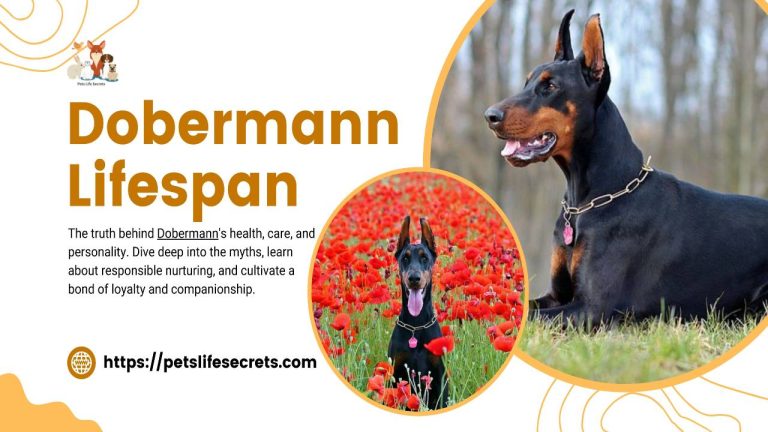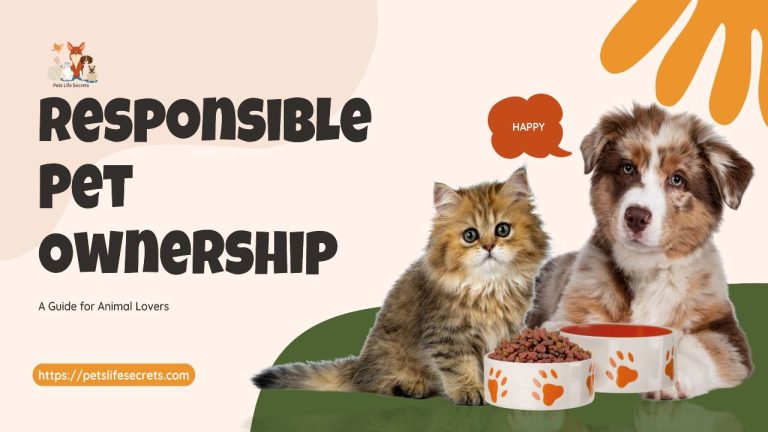Discover the importance of pet exercise and enrichment for the well-being of your furry companion. Learn about various types of exercises, benefits, creating routines, indoor and outdoor activity ideas, engaging toys, mental stimulation activities, and more. Keep your pet happy and healthy with our comprehensive guide.
Introduction
Taking care of your pet’s physical and mental well-being is crucial to ensure their happiness and longevity. In this article, we will explore the importance of pet exercise and enrichment, different types of exercises for pets, the benefits of regular exercise, and various ways to provide mental stimulation and enrichment. Whether you have a dog, cat, or any other furry companion, this comprehensive guide will help you create a well-rounded routine to keep your pet active, engaged, and content.
In today’s fast-paced world, it’s essential to ensure that our beloved pets lead healthy and happy lives. One crucial aspect of their well-being is exercise and enrichment. In this blog post, we will delve into the significance of pet exercise and enrichment, providing you with effective strategies to keep your furry friend active and entertained.
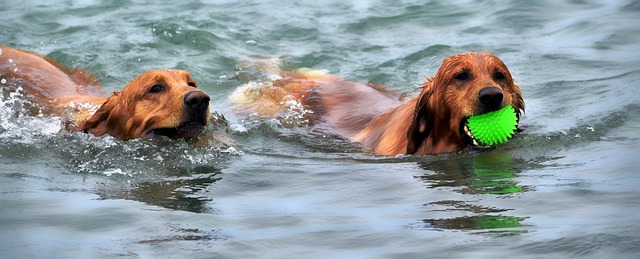
Click Here For: The Complete Manual For Picking The Ideal Pet For Your Family
Why is Pet Exercise Important?
Regular exercise plays a vital role in maintaining your pet’s physical and mental health. By engaging in physical activities, pets can manage their weight, reduce the risk of chronic diseases, and improve cardiovascular health. Moreover, exercise helps alleviate stress, anxiety, and destructive behaviors, promoting overall well-being.
The Importance of Pet Exercise and Enrichment
Pets, just like humans, need regular exercise to maintain their physical health and prevent obesity-related issues. Exercise helps to keep their muscles strong, joints flexible, and weight in check. Additionally, physical activity stimulates blood circulation, improves digestion, and boosts the immune system.
Exercise is not only essential for physical well-being but also plays a crucial role in mental health. Regular exercise can alleviate stress and anxiety, reduce behavioral problems, and promote better sleep. It provides an outlet for your pet’s energy, preventing boredom and destructive behavior.
Types of Pet Exercises
- Walking and Jogging: Taking your dog for a daily walk or jog is an excellent form of exercise for both of you. It helps to burn calories, improves cardiovascular health, and strengthens muscles.
- Swimming: If you have a water-loving pet, swimming is a low-impact exercise that offers a full-body workout. It is especially beneficial for dogs with joint issues or arthritis.
- Fetch and Retrieval Games: Playing fetch with a ball or frisbee engages your pet’s muscles and provides an opportunity for them to run and chase.
- Agility Training: Agility courses and training sessions not only provide physical exercise but also stimulate your pet’s problem-solving abilities and enhance their coordination.
- Interactive Toys: Puzzle toys and treat-dispensing toys keep pets mentally engaged and provide a challenge as they try to retrieve their rewards.
- Tug-of-War: This game is an excellent way to engage your dog’s muscles and strengthen their jaw. Ensure you use appropriate toys and play safely.
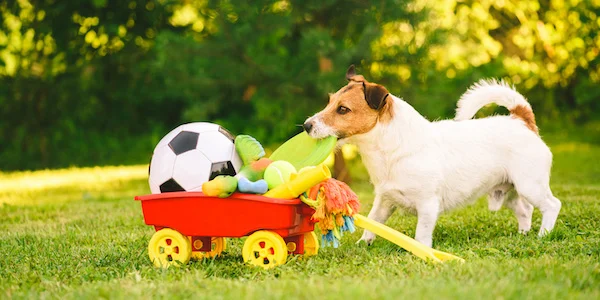
Click Here For: The Pet Chronicles: Stories, Tips, And Everything Pet-Related
Benefits of Exercise for Pets
Pet Exercise and Enrichment, Regular exercise offers numerous benefits for pets, including:
- Weight Management: Exercise helps to burn calories and maintain a healthy weight, reducing the risk of obesity-related diseases.
- Improved Behavior: Engaging in physical activities helps to release pent-up energy, reducing behavioral issues like excessive barking or destructive chewing.
- Joint and Muscle Health: Exercise strengthens muscles, improves joint flexibility, and reduces the risk of arthritis and other joint problems.
- Cardiovascular Health: Just like humans, pets also benefit from improved heart health through regular exercise.
- Mental Stimulation: Exercise keeps pets mentally stimulated, preventing boredom and the development of behavioral problems.
- Enhanced Bonding: Engaging in activities together strengthens the bond between you and your pet, creating a deeper sense of companionship.
Click Here: How To Take Care Of Beagle Puppies #1
Creating a Pet Exercise Routine
To create an effective exercise routine for your pet, consider the following:
- Consult a Veterinarian: Before starting any exercise regimen, consult your veterinarian to ensure your pet is healthy enough for physical activity.
- Age and Breed: Different pets have varying exercise needs based on their age, breed, and overall health. Consider these factors when determining the intensity and duration of exercise.
- Consistency: Aim for daily exercise sessions to establish a routine and provide consistent physical and mental stimulation.
- Gradual Progression: Start with shorter sessions and gradually increase the duration and intensity of exercise to avoid injuries or overexertion.
- Weather Conditions: Adjust your exercise routine according to weather conditions. Avoid extreme temperatures, and ensure your pet stays hydrated during outdoor activities.
Indoor Exercise Ideas for Pets
Pet Exercise and Enrichment, When outdoor exercise is not possible, here are some indoor activities to keep your pet active:
- Hide-and-Seek: Hide treats or toys around the house for your pet to find. This activity engages their senses and keeps them mentally stimulated.
- Obstacle Courses: Set up indoor obstacle courses using cushions, tunnels, or household objects for your pet to navigate.
- Interactive Laser Toys: Laser pointers provide an excellent way to engage your cat’s natural hunting instincts and provide a good workout.
- Treadmill Training: If you have a treadmill, consider introducing your dog to treadmill training after proper guidance from a professional.
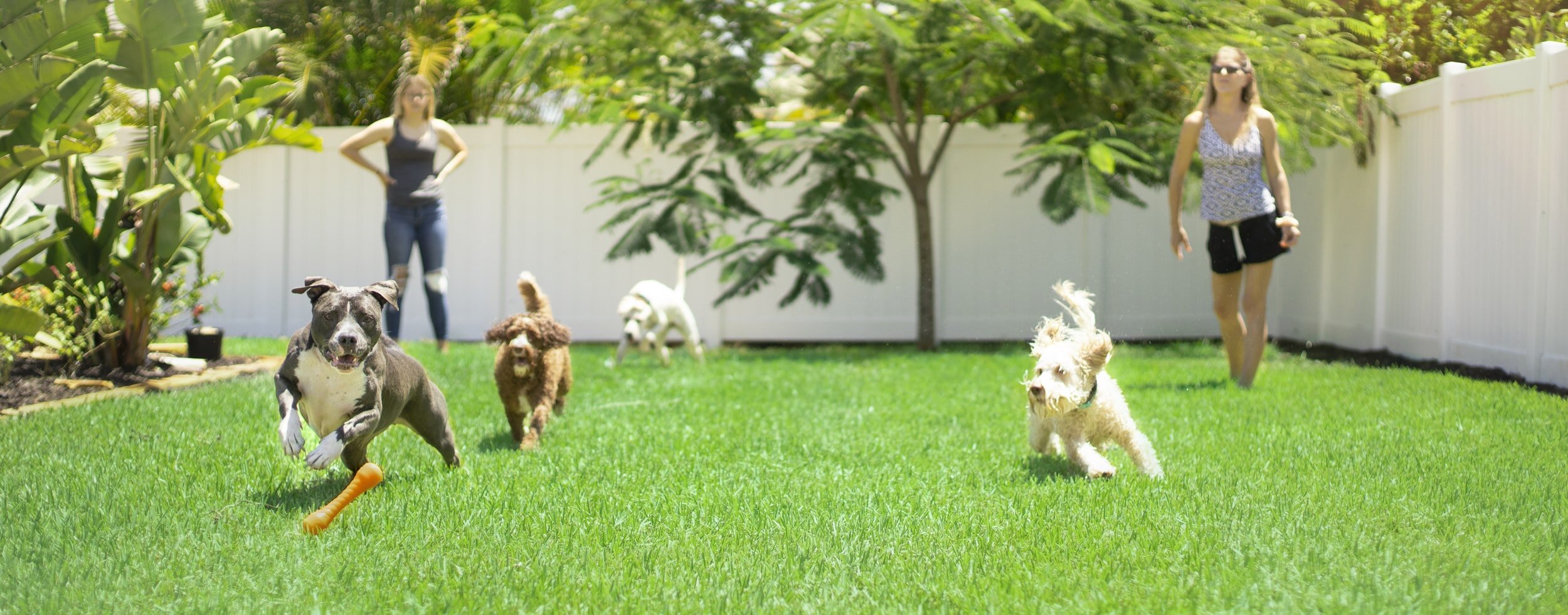
Outdoor Exercise Ideas for Pets
Pet Exercise and Enrichment, Outdoor exercise allows pets to explore their surroundings and provides more room for physical activities. Here are some ideas:
- Dog Parks: Visit dog parks where your pet can socialize with other dogs and have ample space to run and play.
- Hiking: Take your dog on a hiking trail suitable for pets. Ensure they are leashed and follow trail regulations.
- Beach Trips: If your pet enjoys water, take them to pet-friendly beaches where they can swim and play in the sand.
- Cycling or Rollerblading: Attach a pet carrier or use a leash attachment to safely cycle or rollerblade with your dog.

Click Here For: Care and Management of Pet Birds: A Guide to Happy and Healthy Feathered Friends
Engaging Toys for Pet Enrichment
Pet Exercise and Enrichment, Engaging toys help to keep your pet mentally stimulated and prevent boredom. Here are some popular options:
- Food Puzzle Toys: These toys require your pet to solve a puzzle to access treats or food. They keep pets engaged and mentally active.
- Chew Toys: Chew toys are essential for dental health and provide a distraction from destructive chewing behaviors.
- Interactive Electronic Toys: Some toys mimic prey-like movements, sounds, or lights, engaging your pet’s hunting instincts.
- Treat Dispensers: Treat-dispensing toys reward your pet for their problem-solving efforts, keeping them entertained.
Mental Stimulation Activities for Pets
In addition to physical exercise, mental stimulation is equally important for your pet’s well-being. Here are some activities to engage their minds:
- Training Sessions:Teach your pet new tricks or commands to challenge their cognitive abilities and improve their focus.
- Scent Games: Hide treats or toys around the house and let your pet use their sense of smell to find them.
- Interactive Feeding: Instead of regular bowls, use food-dispensing toys or slow-feeders to make mealtime more engaging.
- Agility Courses: Set up small agility courses in your backyard or indoors using tunnels, cones, and hurdles.
Incorporating Training into Exercise and Enrichment
Exercise and enrichment can be seamlessly integrated with training sessions. Here’s how:
- Reward-Based Training: Use exercise and enrichment activities as rewards during training sessions to reinforce positive behaviors.
- Combine Commands with Activities: Incorporate commands like “sit,” “stay,” or “fetch” during exercise and playtime to reinforce obedience and mental stimulation.
- Training Toys: Use toys that require your pet to perform specific actions or solve puzzles as part of their training routine.
Common Mistakes to Avoid in Pet Exercise and Enrichment
- Overexertion: Avoid excessive exercise, especially in hot or cold weather, as it can lead to heatstroke or hypothermia.
- Lack of Variety: Provide a diverse range of exercises and activities to prevent boredom and keep your pet engaged.
- Ignoring Behavioral Cues: Pay attention to your pet’s body language and adjust the exercise intensity accordingly.
- Skipping Warm-ups and Cool-downs: Warm-up exercises and gentle stretches before and after intense activities help prevent injuries.
Frequently Asked Questions (FAQs)
Q1. How much exercise does my pet need?
A1. The exercise needs of pets vary based on factors such as age, breed, and health condition. Consult your veterinarian to determine the appropriate exercise duration and intensity for your pet.
Q2. Can cats be exercised indoors?
A2. Yes, cats can be exercised indoors through interactive toys, climbing structures, and play sessions. Ensure they have opportunities to engage their hunting instincts and get regular exercise.
Q3. How can I motivate my pet to exercise?
A3. Use positive reinforcement techniques, such as treats, toys, or praise, to motivate your pet during exercise sessions. Make the activities fun and engaging for them.
Q4. Are there specific exercises for senior pets?
A4. Senior pets may have lower energy levels and specific health conditions. Tailor their exercise routine to low-impact activities like gentle walks, swimming, or puzzle toys.
Q5. Can I hire a professional trainer for my pet’s exercise routine?
A5. Yes, hiring a professional trainer can help you create a personalized exercise routine, address behavioral issues, and ensure your pet’s safety during physical activities.
Conclusion
Pet Exercise and Enrichment, Regular exercise and enrichment play a vital role in keeping your pet healthy, happy, and mentally stimulated. By incorporating a variety of exercises, toys, and mental stimulation activities into their routine, you can ensure your pet leads a fulfilling life. Remember to consult your veterinarian for personalized exercise recommendations and create a routine that suits your pet’s individual needs. With your love, attention, and a well-rounded exercise and enrichment plan, you can provide your pet with a life full of vitality and joy.



















